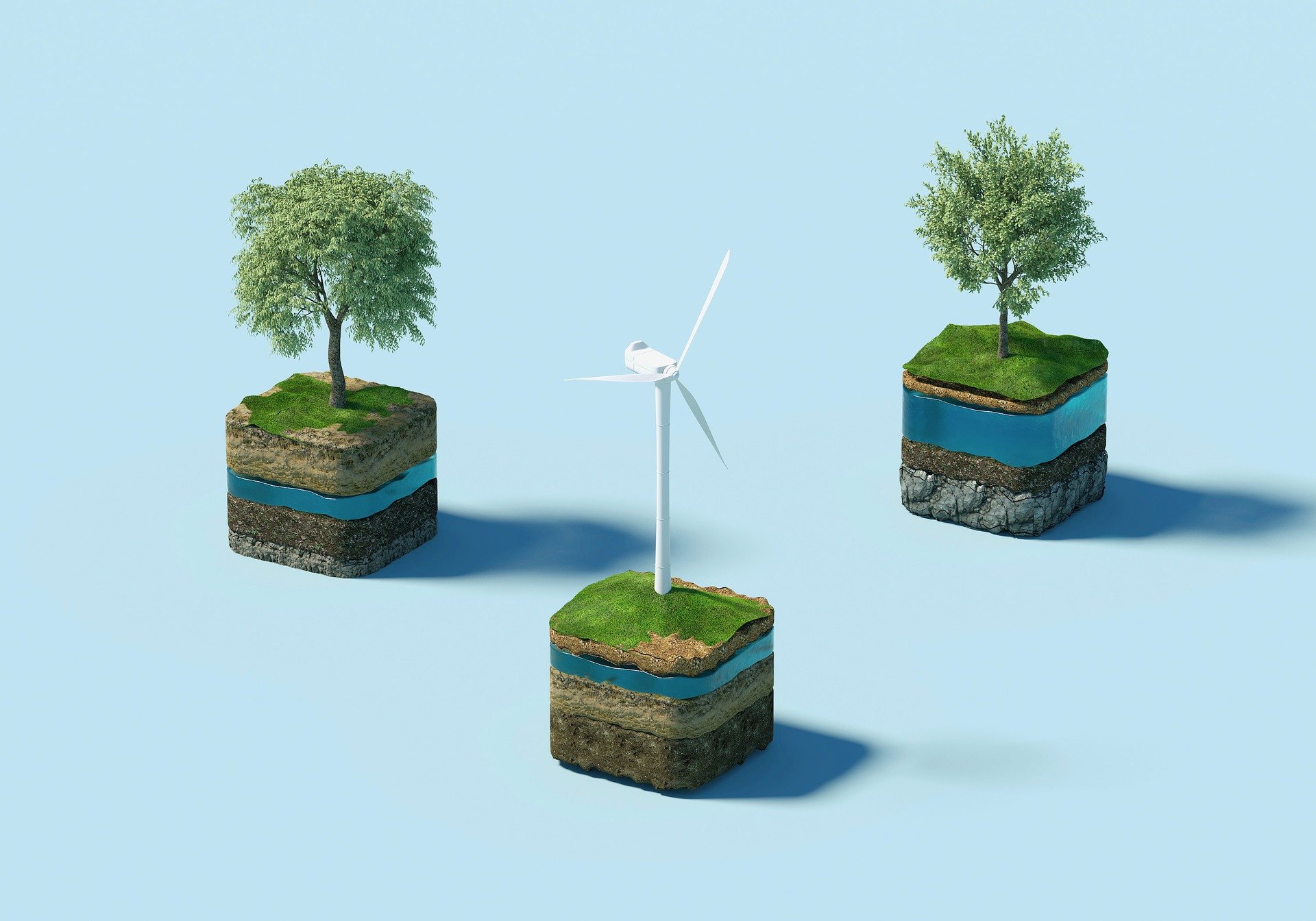Climate Bonds announced the launch of a slate of new Steel Industry resources to help investors, industry leaders, and policy makers transition the sector to a net zero future.
The Climate Bonds Steel Industry Package is being launched at Climate Bonds Regional Seminar Event in New York City. The complete package for the steel industry includes criteria for credible investments and opportunities for policymakers to facilitate the rapid transition of the industry to meet global climate targets. The Criteria and policy paper are available now.
Transition — The road to net-zero
Climate Bonds is working to mobilise the wide-scale transition of the economy in line with net-zero targets. To do this, all sectors of the economy will adjust to operate effectively in a low carbon economy. For many sectors – especially the high carbon emitting sectors like steel production – they may need to fundamentally reshape and transform their strategy in light of the challenges of a changing climate.
These heavy industry sectors (sometimes referred to as ‘hard-to-abate’) need green definitions to facilitate financial flows and supportive regulatory environments to encourage credible and rapid transition. Not only is there considerable industry movement to shift emissions downwards, but there is far more understanding today on what a 1.5°C-aligned transition looks like for hard-to-abate sectors like steel.
By establishing standards for high-emitting industries, Climate Bonds is providing clarity to investors looking to support credible transitions, as well as demonstrating best practices for producers aiming to decarbonise their industries. Coupled with ambitious and achievable policy recommendations, these resources can help mobilise financial markets and drive industry leaders to make the emission reductions essential to preserving a 1.5°C future.
A Fork in the Road for the global steel sector — Policies to Facilitate a Net Zero future for Steel
The global steel sector has reached a fork in the road. Before 2030, 71% of existing coal-based blast furnaces (1090 Mt) will reach the end of its lifetime and require major reinvestment. As the next investment cycle won’t happen for another two decades, this means that this decade provides the critical opportunity for steel to transition to a more sustainable sector.
The policy paper included in Climate Bonds Steel Package provides guidance to policymakers and regulators about how to guide industry and investors onto a climate-aligned pathway for steel.
Technologies like green hydrogen and renewable energy, as well as carbon capture and storage technologies, will allow the steel industry to make immediate and meaningful emissions reductions.
However, policymakers can also facilitate a supportive regulatory environment to facilitate this transition, including:
- Green public procurement represents a big share of global demand for steel (25%) – mainly for large-scale infrastructure projects. Governments can green their procurement through off-take agreements, increasing certainty on demand for future low-carbon steel while reducing their GHG emissions.
- Targeted R&D initiatives to support innovative green technologies, Carbon Contracts for Difference reduce the risk of first movers, who have to deal with higher costs and uncertain carbon pricing levels. For example, under RePowerEU, the European Commission will roll out carbon contracts for difference to support the uptake of green hydrogen by industry.
- Strengthen carbon pricing with effective framework against the risk of carbon leakage (e.g., EU-ETS and CBAM)
Credible Investment — Mobilising Capital for the Steel Transition
While policy regulation can set the stage for a rapid and credible transition of the steel industry, this transition also requires massive investment. An estimated USD47bn annually is needed to meet growing steel demand by 2050, and an additional USD9bn per year investment will be needed to transition the sector to net zero.
Climate Bonds’ Steel Criteria lays out requirements for credible steel investments, aligned with reaching net zero by 2050 in a trajectory compatible with a 1.5°C limit.
A major component of steel decarbonisation will be increasing the proportion of steel produced using scrap materials. However, new and existing technologies will be critical to bringing the industry in line with net zero targets. Research on steel decarbonisation suggests that it is possible to reach near zero emissions by 2050 using technologies that are emerging or are already available.
The Criteria aim to encourage the sector to invest in transition and avoid locking-in heavy emitting technologies by:
- Switching to key technologies that are already available, such as increasing the proportion of steel produced from secondary sources and implement energy and material efficiency improvements
- Incentivising investments in low carbon steelmaking technologies such as hydrogen-based DRI and CCS/CCUS
- Recognising supply chain emissions and promoting low carbon procurement.

